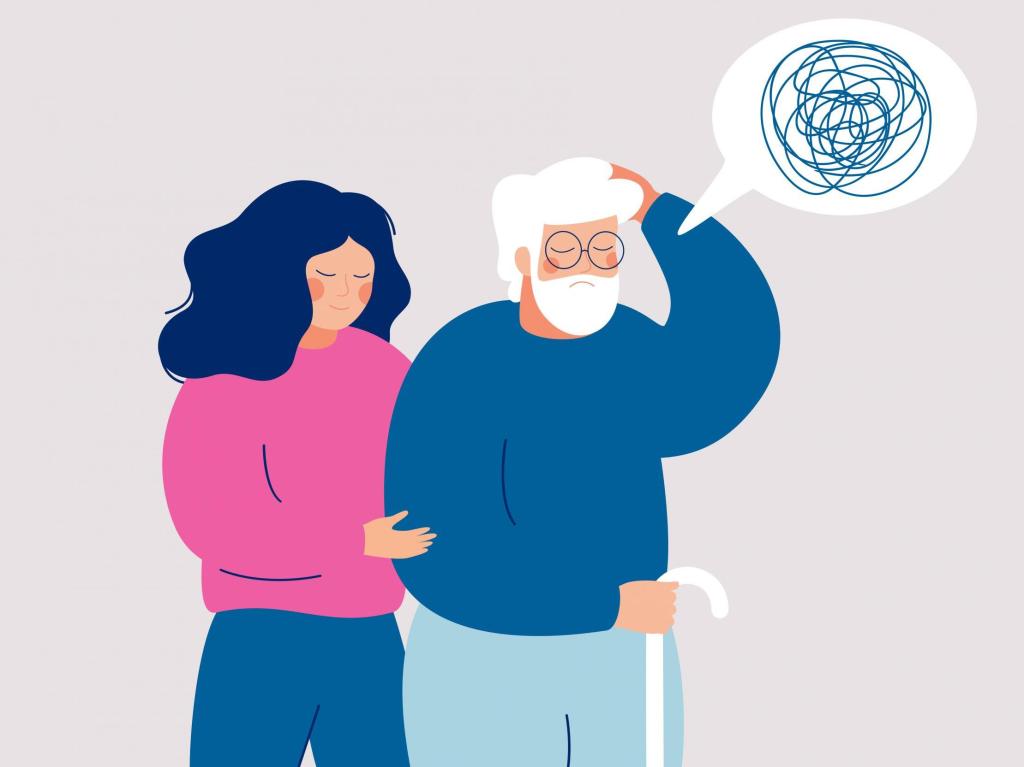When we were children, we used to think that when we were grown-up we would no longer be vulnerable. But to grow up is to accept vulnerability… To be alive is to be vulnerable
Madeleine L’Engle
In my first week as a housing officer I was introduced to a middle aged man who lived alone. The colleague I was training with leaned over to me as we stood outside his front door, pointed to a box on his tenancy file and said to me in a hushed tone, “careful – he’s a vulnerable customer”.
After the visit I questioned why he was vulnerable. “I don’t know” came the reply, “It’ll be on the file somewhere”. I later found out that he was earmarked as vulnerable by someone at the council before he had moved in, most likely because of a short jail sentence. No-one appeared to have questioned why he was still labelled as such. So here he was , a vulnerable customer in everyone’s eyes but his own, fifteen years later.
Last year I wrote a post called The Problem With Seeing People As Vulnerable. It proposed that the word vulnerable is used far too liberally across the charitable and social sectors. The very institutions that were set up to ‘do good things’ and to believe in people are often guilty of declaring swathes of the population in need of their help and support.
I certainly don’t think my tiny voice and platform can change much but I’ve been surprised and disappointed during COVID-19 at the increased labelling of certain groups as ‘vulnerable’.
This has been accompanied by a number of self-congratulatory messages with people declaring pride in their employees for ‘helping the vulnerable’, and proclaiming their vital role ‘protecting the vulnerable’. Some claim to have made hundreds of thousands of phone calls, all aimed at identifying and supporting, you guessed it, the most vulnerable people.
Certainly there is a group of people who are at risk of severe illness if they catch Coronavirus (indeed, I’m one of them), but interestingly the official NHS letter that people receive avoids addressing them as vulnerable, preferring ‘high risk’. The NHS , credit where it’s due, is clearly aiming to make advice specific and contextual – avoiding any euphemistic labelling.
How we label people is very important. Researchers began to study the cognitive effects of labelling in the 1930s when Benjamin Whorf proposed the linguistic relativity hypothesis. According to his work, the words we use to describe people aren’t just idle placeholders; they determine what we see.
Simply put, if we describe a group of people in a certain way it can influence the actions or decisions we take towards them.
This potentially increases the likelihood of othering, a social process, rooted in relationships of power through which ‘the poor and vulnerable’ are treated as different from the rest of society. Seeing people as fundamentally different from ourselves makes it easier to blame people for their own and society’s problems – so that they themselves become the problem.
What’s my particular problem with vulnerability?
The term ‘vulnerable’ as used by the social sector conveys weakness. It implies a lack of agency or that the person has an increased likelihood that they might come into harms way. It implies that they cannot be expected to assume the same responsibilities as other , ‘normal’, people.
It can of course be used correctly – to define a category of people who deserve special protection or consideration. In the vast majority of cases that I see it is not used in that way. Frequently the use of ‘vulnerable’ as a descriptor of people is curiously non-specific and often applied to huge groups of people who are anything but homogenous. We rarely hear what it is that people are vulnerable to, how this vulnerability is produced, or by whom.
No group of people is inherently vulnerable or a victim. If people are experiencing vulnerability in a particular situation that vulnerability is often produced by other people, institutions or circumstances.
As a designer, the most common piece of advice I’d give organisations is to resist putting people into boxes. The vulnerability box is perhaps one of the most dangerous of all as it:
- Promotes a deficit mindset and encourages organisations to rush in and fill the gap with more ‘services’.
- Leads to bad decisions – by putting disparate groups of people together in one convenient box.
- It labels people and changes our behaviour towards them – reinforcing distinctions between the deserving and undeserving.
- It overlooks the root causes of any vulnerability and indeed the role of the state and other institutions in perpetuating that vulnerability.
- It presents the problem as if it stems from individual traits , life choices or misfortune.
Indeed, the paradox of employing the term of ‘vulnerability’ is that it makes people more vulnerable.
Ultimately though it’s a clumsy label as we are all vulnerable at points in our lives. Our current values and ideals portray vulnerability as undesirable and dangerous to our wellbeing when in reality, the opposite is true – our vulnerability is one of our assets. It allows us to connect with one another and to heal any division.
Perhaps if we stopped labelling others as vulnerable we’d be better placed to do just that.

Leave a comment